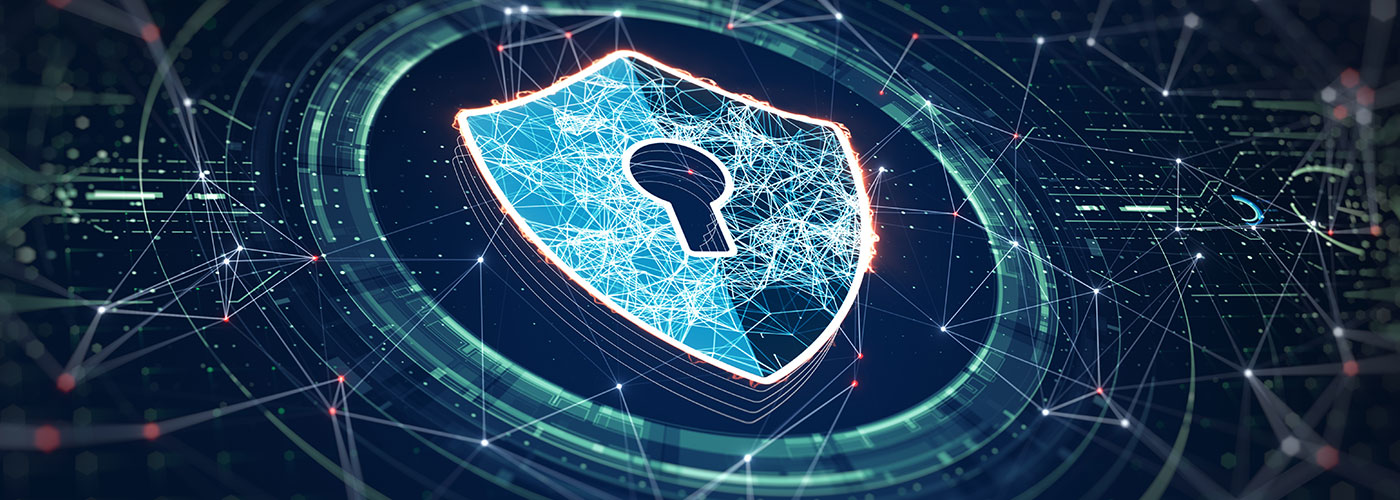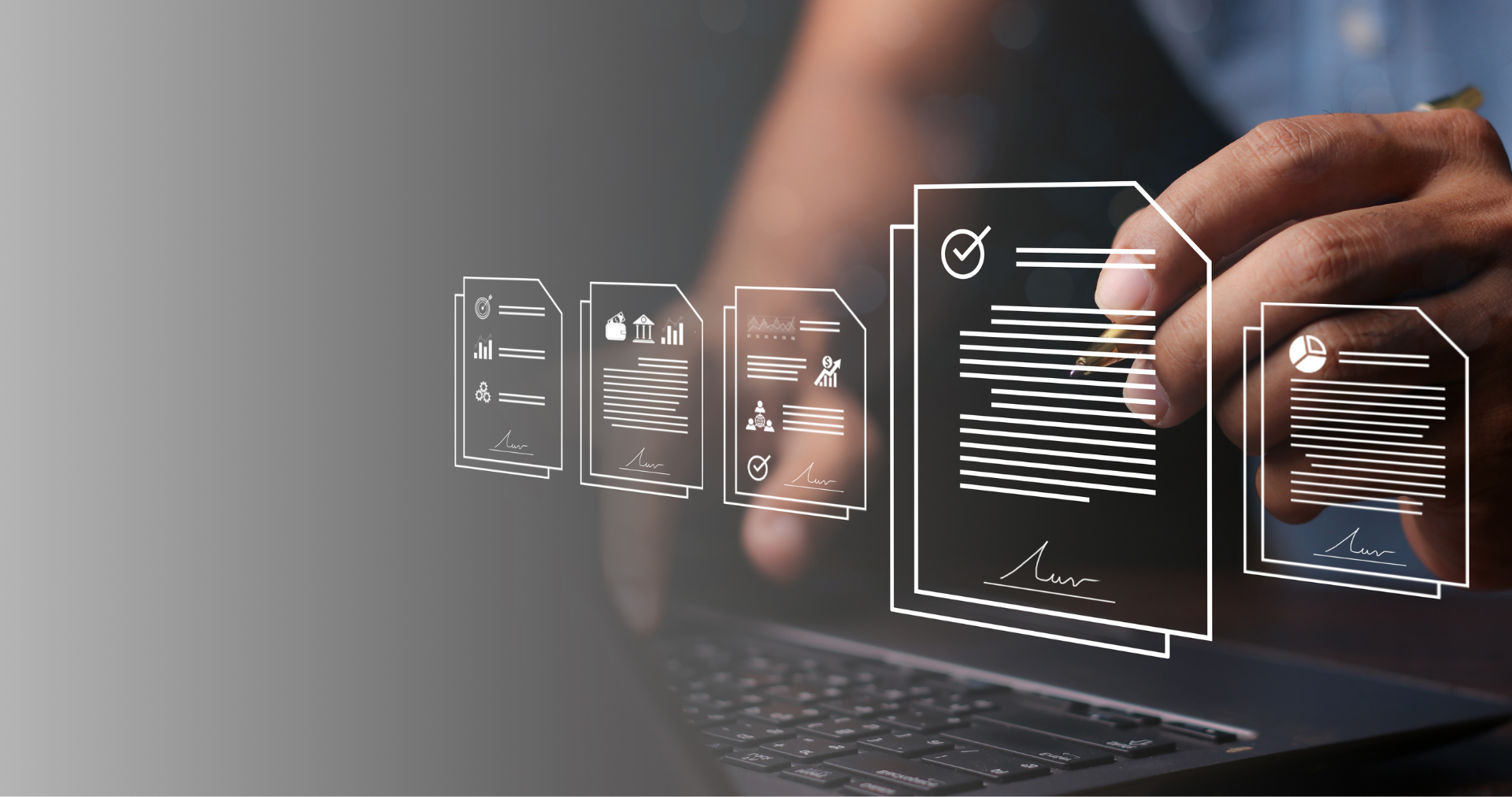In 2021, the average cost of a data breach reached $4.24 million.
Cost of a Data Breach Report, by IBM
Cybersecurity threats to legal departments increased at an alarming rate post-COVID, as businesses moved to remote work models. Hackers and digital threats alike found ways to access or hack into cloud computing systems, legal data platforms, and digital storage units that didn’t have layers of cybersecurity. A PwC survey found that 69% of respondents said their company spent more on cybersecurity budgets in 2022, and 65% noted that their organizations will continue to spend big to secure data in 2023 as well.
Large percentages of company budgets are being allocated to cybersecurity. Legal departments and general counsel can assist with cybersecurity management and best practices with the following notes from professionals in the field.
3 Ways Legal Departments Can Beef Up Digital Security
The healthcare and legal industry process sensitive, confidential, and high-risk data and matter, which need round-the-clock monitoring to ensure they don’t fall into the wrong hands. Cybersecurity at legal departments is crucial to keeping top-secret information safe, avoiding expensive lawsuits, and ruining reputations.
Creating a Digital Policy
Legal departments are masters at drafting policies to safeguard the interests of all parties involved. According to an article by the American Bar Association, legal departments can draft Acceptable Use Policies (AUP) as part of their company’s cybersecurity strategy.
A solid AUP should identify the different ways that employees use and connect to the internet, across all teams and from various devices. Once these usage types are noted, the AUP should lay the ground rules about acceptable and unacceptable data usage on devices and staying connected.
Mitigating human error and oversight is the first step in ensuring that legal matter and data is secured. Cybersecurity reports note the highest percentage of cybersecurity breaches happen through employee negligence, usually by accident.

Using Cloud Storage
Cloud computing technology is currently the safest way to store, access, and manage legal data. This model works by removing data from local servers and connected devices and moves them to remote servers which are far more secure. Data breaches and viruses can mine for, or destroy, data across connected devices quickly.
Cloud storage boasts robust security measures such as data encryption, tightened access controls, and regular backups. Unlike storing data locally, cloud storage offers better security and mitigates the risk of data loss and unauthorized access. It’s important to consult with legal and IT professionals to assess the specific needs of the legal department and identify the most suitable cloud computing solutions and service providers that meet security, compliance, and usability requirements.
Develop an Incident Response Plan
A cybersecurity incident response plan is a contingency plan in case an attack does happen. This plan should ideally have a detailed standard operating procedure to identify and handle data breaches and leaks, cyberattacks, and other digital threats.
A successful cybersecurity incident response plan should:
- minimize the damage caused by an incident
- reduce downtime
- restore normal operations ASAP
The plan outlines the actions to be taken by the incident response team or relevant stakeholders, the roles and responsibilities of individuals involved, and the step-by-step procedures to follow when responding to an incident.
- Since cybersecurity falls under the IT or Tech department’s domain, all incidents should be escalated to them. This procedure should be defined and must indicate whom to contact when a threat is identified.
- Depending on the severity of the attack, the legal department and/or IT/Tech team can assign a status to the incident and allocate the resources to attend to it.
- The immediate goal of a cybersecurity contingency plan is to mitigate the risks associated with a threat or attack and to contain it. Along with the Tech team, the legal department can outline methods to do so which might include blocking network access to affected devices, or quarantining them.
- The organization should be notified of the attack, to alert everyone of the threat, and to assist those affected.
- Once the threat has been isolated, contained, and eliminated, the final step should be to restore systems and to prevent future attacks by learning from the latest incident.










